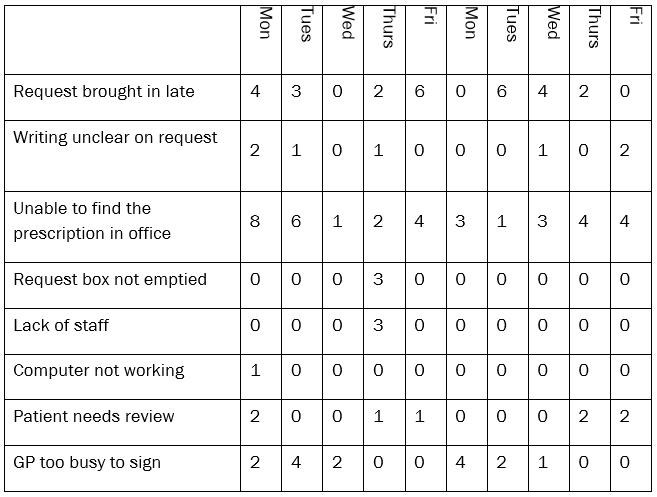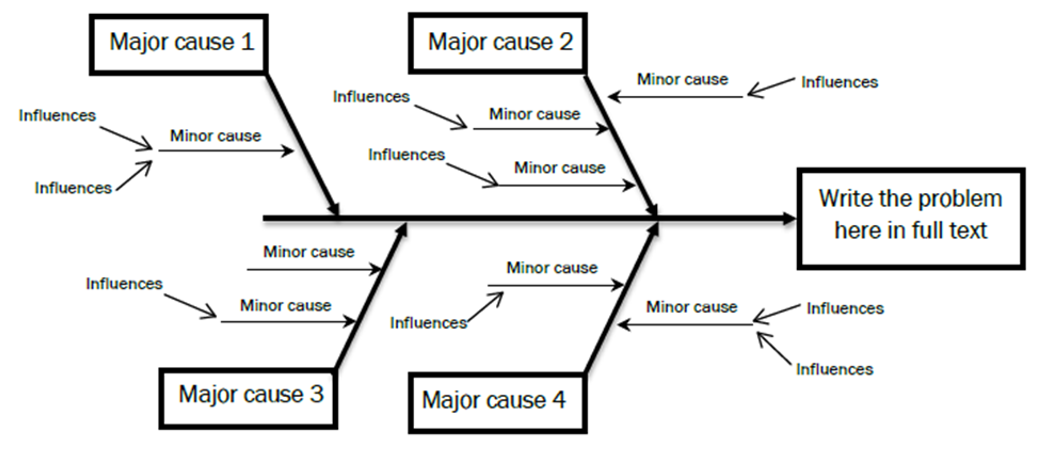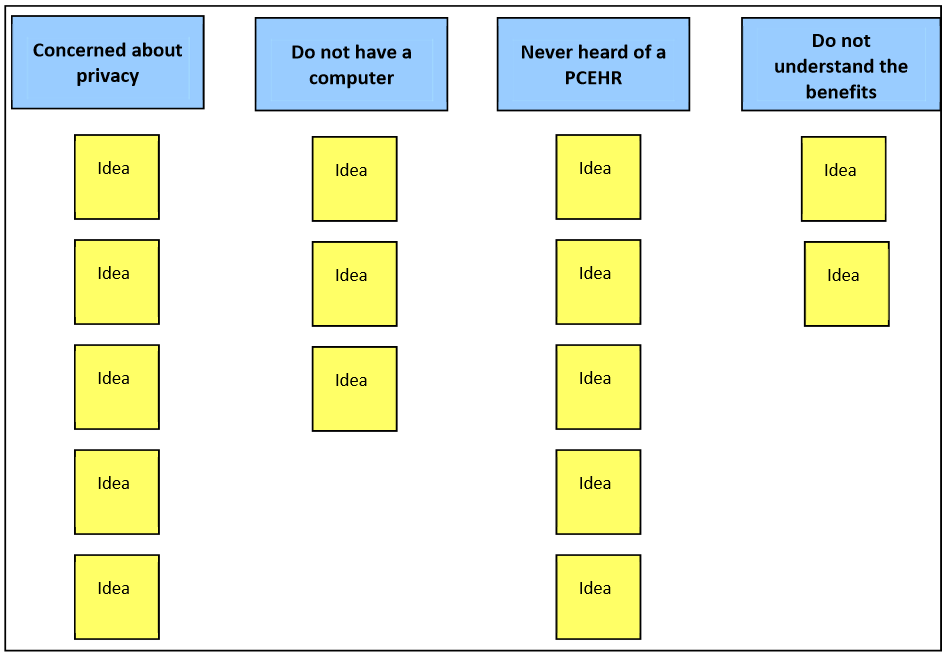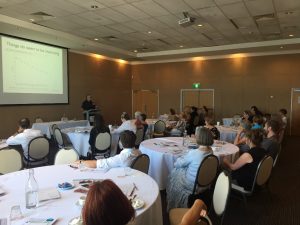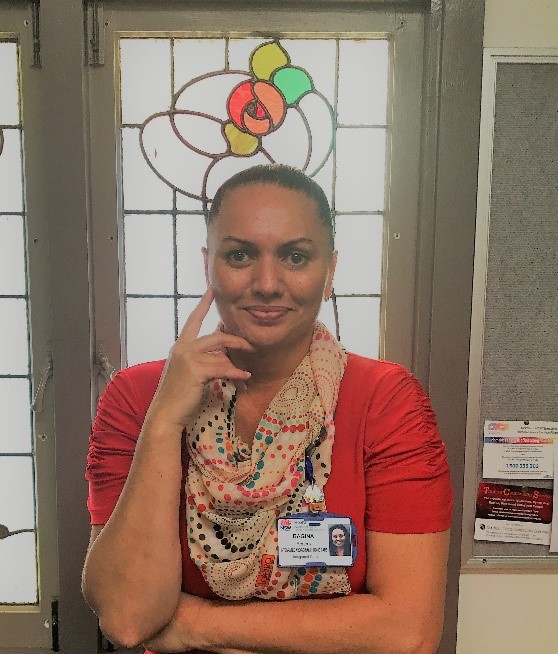Tool: Pareto Usage: Identifying the causes that have the greatest impact on a problem, which assists with determining where to focus an improvement effort Pareto analysis is a simple technique that uses a bar graph to diagrammatically show the causes that have the greatest impact on a problem. This process helps to focus improvement efforts on the
Tool: Fishbone (Ishikawa) Diagram (Cause & Effect) Usage: Exploring and determining factors that cause or influence a problem (cause and effect) The Fishbone Diagram is a visual tool used to explore the factors that influence or cause a problem, in order to help understand the problem more clearly. The tool gets its name from its inventor, Kauro
Tool: 5 Whys Usage: Defining a problem (determining the root cause) The Five Whys helps to identify the root cause of a problem and is a simple, yet powerful tool. The technique originated within Toyota while developing their manufacturing methodologies, and is a key component of their problem solving training. Asking the question ‘why?’ repeatedly (five
Tool: Affinity Diagram Usage: Organising and categorising ideas An Affinity Diagram is a method for organising ideas into clear patterns or themes, based on their natural relationships. It encourages people to think creatively and make non-traditional connections between ideas, promoting greater ownership of results by allowing breakthroughs to emerge naturally. An Affinity Diagram can be used at
Tool: Brainstorming Usage: Generating Ideas Brainstorming is an activity used to generate creative ideas and can be done individually or as a group. It is not effective as an analytical or decision making tool. After defining the topic for the brainstorming session, come up with as many spontaneous ideas as possible and write them down.
Taking time from their busy schedules, almost 40 clinicians from the NNSW LHD participated in the 2016 Respiratory Education Day, held on Friday 4 November in Ballina. Evaluations collected from participants on the day revealed a positive response from the majority of attendees. The successful planning for the day was undertaken by the presenters and
SAFE TRANSFER OF CARE eMR Quality Improvement Workshop On Thursday 17 November approximately 40 staff from the NNSW LHD including, Chief Executive, Wayne Jones, Executive staff, Allied Health Managers, Health Information Managers, Junior Medical Officers, Emergency Department Directors and Specialists and Clinical Information Coders attended a workshop in Ballina to workshop electronic medical records (eMR)
Welcome – Integrated Aboriginal Chronic Care Coordinator (IACCC) Introducing Integrated Care Aboriginal Chronic Care Coordinator (IACCC) Where were you working before being appointed as IACCC? In June 2014, I commenced the Aboriginal Liaison Officer position for the Tweed Heads and Murwillumbah hospitals, which was great allowing me to work back in the Community my
What HealthPathways achieved in 2016! Over 282 published Localised HealthPathways Commenced a 2-yearly review process of published HealthPathways Continued to develop pathways with multidisciplinary health professional team members Expanded the HealthPathways team of Clinical Pathways Writers Held HealthPathways Education events across the region Commenced GP Registrar training in the use of HealthPathways Commenced planning to
EXPRESSION OF INTEREST eClinician Change Manager – HealtheNet (Only existing staff of the NNSWLHD are eligible to apply) PURPOSE OF ROLE The eClinician Change Manager – HealtheNet will be responsible for the change and adoption work associated with increasing the use of the HealtheNet component of the existing EMR across all clinical staff in the

